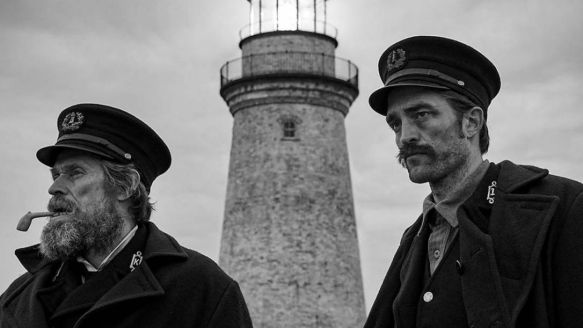 Over the next few months, I’m highlighting some of my earlier novels. This month, I’ve been delving into treasure hunt adventure Uncle Flynn.
Over the next few months, I’m highlighting some of my earlier novels. This month, I’ve been delving into treasure hunt adventure Uncle Flynn.
So what is Uncle Flynn about? If you want a proper introduction to the story, click here. However, the themes of the novel can be summed up thus: overcoming fear and the dangers of mollycoddling.
My protagonist Max suffers severe anxiety and panic attacks. He has many phobias, and there are satirical suggestions in the story that the UK’s risk-adverse society is at least partly to blame for this. For instance, one sequence early in the novel has Max being initiated into a secret club in school – a club that dares to play conkers without “protective head gear”. Max and the other children are caught and punished for their dangerous behaviour. This may sound absurd, but my late father (who was a teacher) told me that this kind of nonsense was being introduced into UK schools, in the name of health and safety.
However, such satire is largely peripheral, and the novel implies throughout that Max’s difficult, estranged relationship with his father is what really lies at the heart of his problems. In attempting to impress his father, Max – along with his mysterious, genuinely dangerous uncle – takes increasingly reckless action in his quest to find the treasure. The irony of the story is that mollycoddling actually leads Max to take greater and greater risks.
Of course, this makes the novel sound terribly heavy and worthy, and I can assure you it isn’t. It is, first and foremost, a children’s adventure story. I didn’t deliberately write it to contain any kind of conscious “message”. Rather, I have noticed these themes and ironies after the fact. What is important to any author will always be inherent in the text of their work, and in this case, I can see these themes in retrospect.
Here are a few reader review snippets, again mainly to reassure that then novel isn’t a pretentious, preachy slog, but a fun, gripping adventure for all ages:
“Harking back to the wonderful adventure stories of Arthur Ransome, Uncle Flynn is a welcome return to the excitement of outdoor exploits in wild surroundings. Excitement, tension and peril combine in a well-written tale where The Goonies meets Swallows and Amazons. The evocative descriptions of treasure seeking on Dartmoor will have you longing to visit and explore for yourselves. Action-packed puzzle-solving pleasure for children and adults alike, with a neat twist in the tale to keep you guessing.”
Mrs Alice R Brewer, Amazon.co.uk
“A treasure for all ages. Kids and teenagers would love this fast-paced adventure story. Most adults would also find it a light and enjoyable read.”
B Fraley, Amazon.com
“Don’t pass this one by… Doesn’t matter what type of fiction you like to read, I can imagine this would capture just about anyone’s attention – and heart.”
willreadanything, Barnes and Noble.
“Could not put the book down, so enjoyed the journey. Recommended it to my 12 year old grandson who now wants me to be his book reading adviser. Loved by three generations.”
Brinney, Barnes and Noble.
“What a wonderful book for young readers and anyone else who loves a book with a great twist on an amazing story of courage over fear.”
Beansie47, Barnes and Noble.
“I’m an 83 year old woman. Your book was a joy to me. I felt I was having all the adventures myself at this ripe old age. Your book was like a cold drink of water on a hot day. Thank you.”
Joan McLaughlin, commenting on the Uncle Flynn blog.
“I downloaded the book for my boys to read, and thought I’d just read the first few lines… Needless to say I read to the end! Well written and most enjoyable – great adventure with life lessons woven into the story.”
Cecile Weyers, commenting on the Uncle Flynn blog.
Uncle Flynn is available on Kindle and in paperback. Click here to pick up a copy.


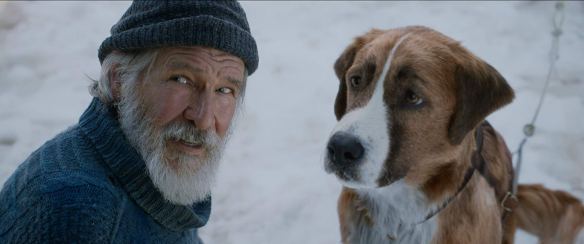
 Treasure Island (Robert Louis Stevenson) – The granddaddy of all treasure hunt adventures, the influence of this classic could hardly be overlooked. In particular, the character of Long John Silver and his relationship with Jim is a key inspiration. Silver is a compelling character, but he is dangerous, and you are never quite sure whose side he is on, or if he will suddenly turn on Jim. There are hints of this danger in the relationship between Max and Flynn in my novel.
Treasure Island (Robert Louis Stevenson) – The granddaddy of all treasure hunt adventures, the influence of this classic could hardly be overlooked. In particular, the character of Long John Silver and his relationship with Jim is a key inspiration. Silver is a compelling character, but he is dangerous, and you are never quite sure whose side he is on, or if he will suddenly turn on Jim. There are hints of this danger in the relationship between Max and Flynn in my novel. Five On A Treasure Island (Enid Blyton) – I’m a big fan of Enid Blyton’s Famous Five series. Whilst Five Go To Smuggler’s Top is my absolute favourite, this initial entry is also a cracking tale of children finding the treasure of local legend. It also illustrates one of the key principles of a great treasure hunt narrative (whether aimed at adults or children), in that the discovery of the treasure is ultimately and ironically secondary to obtaining something of even greater value – in this case, lasting friendship between the children, and the restoration of relationship between George and her parents. In my book, the treasure is important, but the restored relationship between Max and his father is the much greater prize.
Five On A Treasure Island (Enid Blyton) – I’m a big fan of Enid Blyton’s Famous Five series. Whilst Five Go To Smuggler’s Top is my absolute favourite, this initial entry is also a cracking tale of children finding the treasure of local legend. It also illustrates one of the key principles of a great treasure hunt narrative (whether aimed at adults or children), in that the discovery of the treasure is ultimately and ironically secondary to obtaining something of even greater value – in this case, lasting friendship between the children, and the restoration of relationship between George and her parents. In my book, the treasure is important, but the restored relationship between Max and his father is the much greater prize. Pigeon Post (Arthur Ransome) – Arthur Ransome’s superb Swallows and Amazons series are shamefully neglected by many these days. They normally concern boating adventures, but in this instalment, our heroes go prospecting for gold in the Lake District, whilst dodging the attention of a rival prospector. Other books in this series are more famous, but I always had a soft spot for this one. Peter Duck was another Ransome influence, incidentally.
Pigeon Post (Arthur Ransome) – Arthur Ransome’s superb Swallows and Amazons series are shamefully neglected by many these days. They normally concern boating adventures, but in this instalment, our heroes go prospecting for gold in the Lake District, whilst dodging the attention of a rival prospector. Other books in this series are more famous, but I always had a soft spot for this one. Peter Duck was another Ransome influence, incidentally. The Goonies – A gang of children follow a map to buried treasure to save their neighbourhood from being torn down by smug property developers who want to build a golf course. Yes, it’s all rather noisy and obnoxious, but for children of a certain age (ie my age), this film can do no wrong. Packed with maps, cryptic clues, secret passages, booby traps, villainous rival treasure hunters, and so on, this is an obvious influence on my book that it would disingenuous to ignore.
The Goonies – A gang of children follow a map to buried treasure to save their neighbourhood from being torn down by smug property developers who want to build a golf course. Yes, it’s all rather noisy and obnoxious, but for children of a certain age (ie my age), this film can do no wrong. Packed with maps, cryptic clues, secret passages, booby traps, villainous rival treasure hunters, and so on, this is an obvious influence on my book that it would disingenuous to ignore. Mary Poppins – The Disney film rather than the PL Travers’s novels are the inspiration here. Mr Banks routinely ignores his children (and to be fair, so does Mrs Banks). The magical Mary Poppins then appears, taking the children on extraordinary adventures whilst work drives Mr Banks to a nervous breakdown. However, upon realising what is important in life, Mr (and Mrs) Banks then are reunited with their children – at which point Poppins exits stage right. This theme is echoed in Uncle Flynn, with the establishment of the estranged relationship between Max and his father, which then gives way to adventures with Flynn, ahead of the big twist in the finale.
Mary Poppins – The Disney film rather than the PL Travers’s novels are the inspiration here. Mr Banks routinely ignores his children (and to be fair, so does Mrs Banks). The magical Mary Poppins then appears, taking the children on extraordinary adventures whilst work drives Mr Banks to a nervous breakdown. However, upon realising what is important in life, Mr (and Mrs) Banks then are reunited with their children – at which point Poppins exits stage right. This theme is echoed in Uncle Flynn, with the establishment of the estranged relationship between Max and his father, which then gives way to adventures with Flynn, ahead of the big twist in the finale.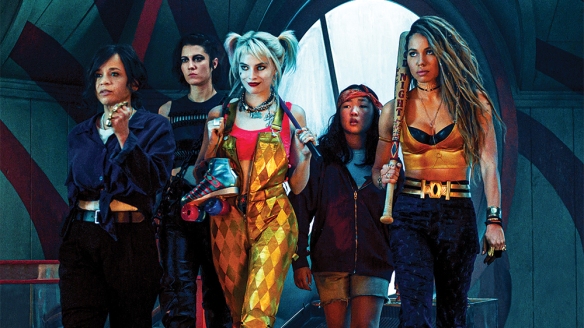
 This is now old news (well, a week old), but I deliberately held off commenting on this year’s Oscar winners, until I’d seen the final of the nominees in the Best Picture category, Parasite. Having now seen this remarkable film (check out my rave review
This is now old news (well, a week old), but I deliberately held off commenting on this year’s Oscar winners, until I’d seen the final of the nominees in the Best Picture category, Parasite. Having now seen this remarkable film (check out my rave review 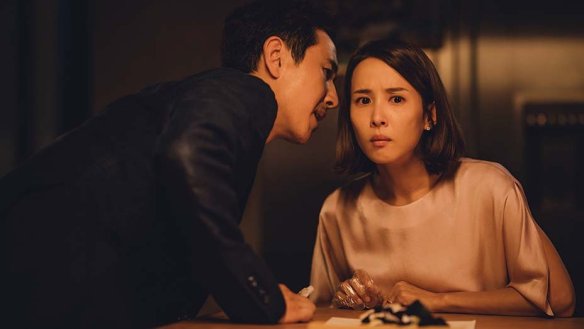


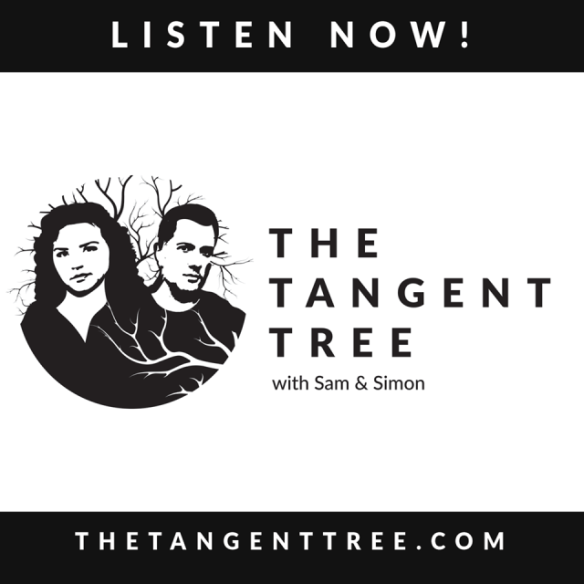
 Over the next few months, I’m highlighting some of my earlier novels. This month, continuing my series on treasure hunt adventure
Over the next few months, I’m highlighting some of my earlier novels. This month, continuing my series on treasure hunt adventure 

 Buckfast Abbey was another key location used in the book. Much of the history of the abbey works its way into the novel, especially regarding how Henry VIII burned priceless Catholic books, closed the abbey, and had its gold and other treasures transferred to London. William Petre, who is mentioned in the novel, oversaw this process. He later retired in the south-west, purchasing a couple of manors. Uncle Flynn moves beyond these facts to suggest William Petre had other motives for returning, namely that he had become obsessed with tracking down the treasure hidden by a few clever monks that had slipped through his fingers.
Buckfast Abbey was another key location used in the book. Much of the history of the abbey works its way into the novel, especially regarding how Henry VIII burned priceless Catholic books, closed the abbey, and had its gold and other treasures transferred to London. William Petre, who is mentioned in the novel, oversaw this process. He later retired in the south-west, purchasing a couple of manors. Uncle Flynn moves beyond these facts to suggest William Petre had other motives for returning, namely that he had become obsessed with tracking down the treasure hidden by a few clever monks that had slipped through his fingers.